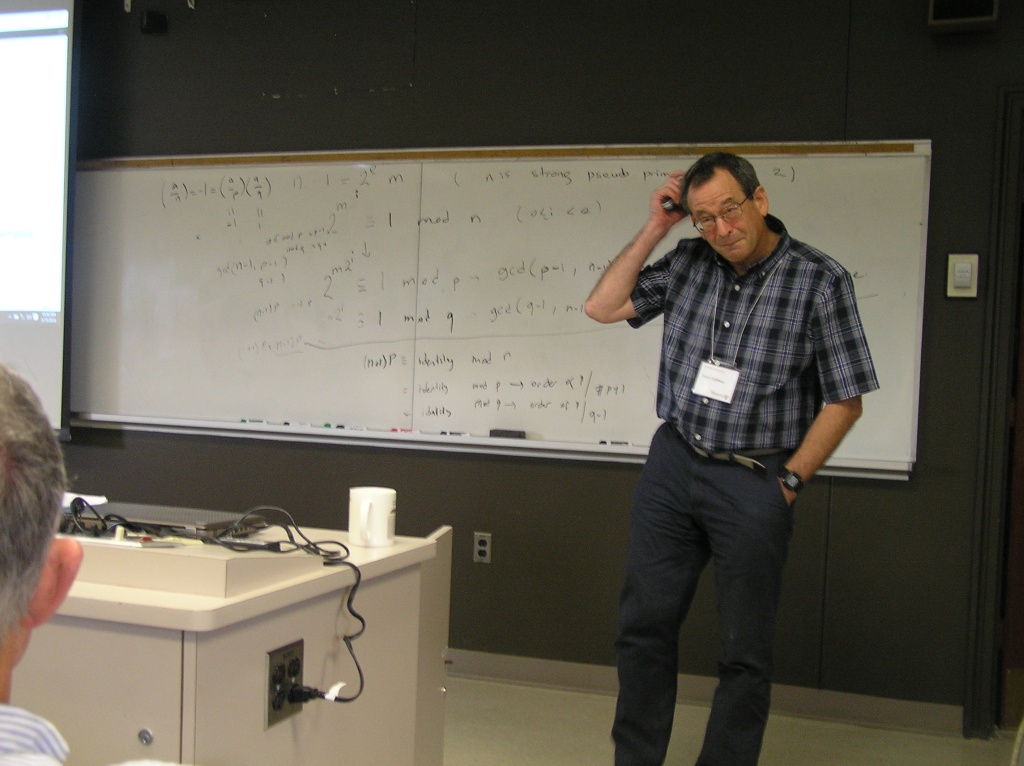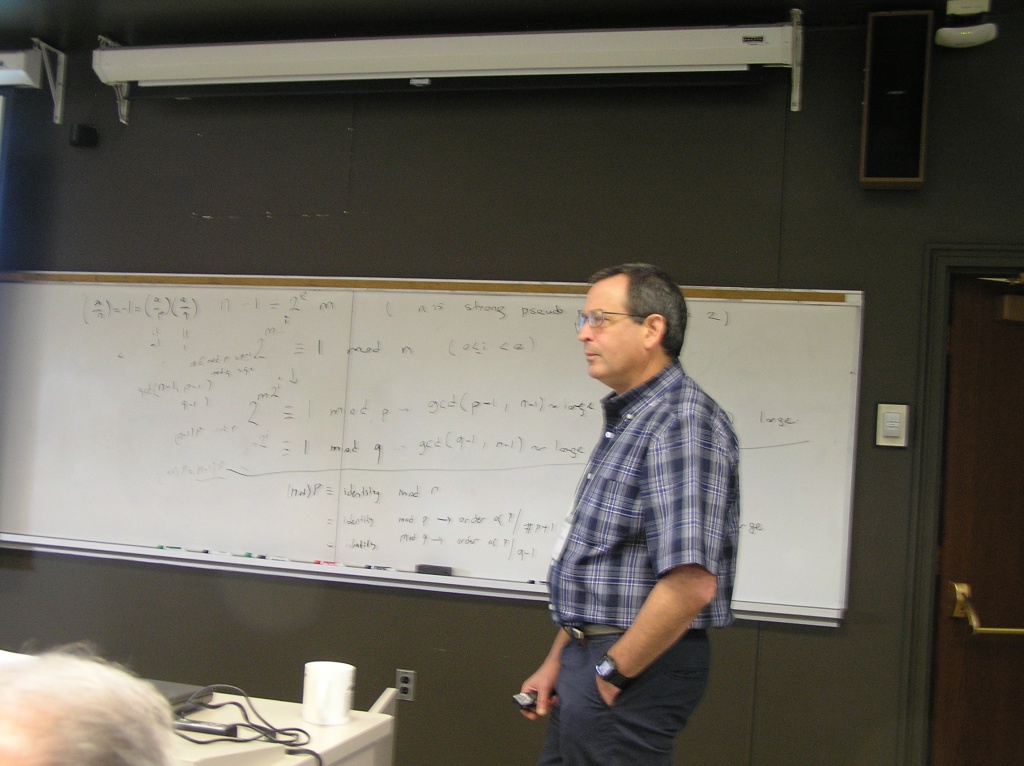Daniel Lichtblau, Wolfram Research
Explaining biases in last digit distributions of consecutive primes
Recent work by Lemke Oliver and Soundararajan shows an unexpected asymmetry in distribution of
last digits of consecutive primes. For example, in the first 10^8 pairs of consecutive primes,
around
4.6 million end with {1,1} respectively, whereas more than 7.4 million end with {1,3}. It is not hard
to
show that his disparity is not explained by the fact that opportunities for the next prime come
sooner
for n+2 than for n+10. Which leaves open the question: what accounts for this sizable bias? In this
talk I will give an explanation based on elementary theory and some amount of computation.







